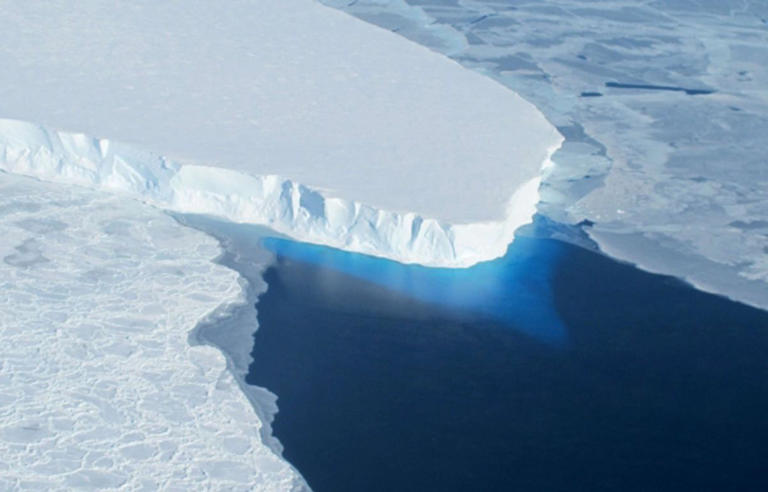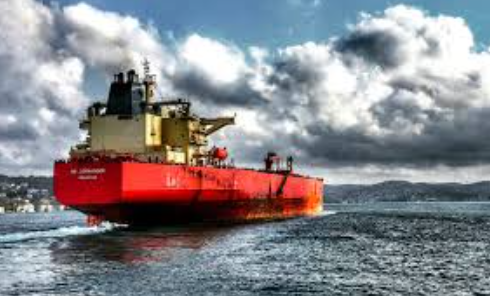Melting of the Thwaites Glacier, measuring 120 km in diameter, would cause a particularly large global rise in sea levels warming – Melting of the Thwaites Glacier, measuring 120 km in diameter, would cause a particularly large global rise in sea levels
One of the main risks linked to global warming is the melting of glaciers, itself leading to a sharp rise in water levels. On this subject, a study by researchers from the University of California published on May 20 in Earth, Atmospheric, and Planetary Sciences does not bring good news. Indeed Thwaites, the largest glacier in the world, is expected to melt even faster than expected, as explained by BBC Science Focus.
A more unstable glacier
In detail, Thwaites, with its 120 km in diameter, is a mass of ice as large as Great Britain. Located in West Antarctica, it is nicknamed the “glacier of the apocalypse” because its melting alone is responsible for a global rise in sea levels of 4%. Unsurprisingly, the rate of its degradation is therefore closely scrutinized by scientists. The latter had already identified that its melting rate had doubled over the last thirty years.
However, this acceleration process should continue, according to the conclusions of this new study. To achieve this result, the researchers looked at the structure of the glacier. Concretely, Thwaites is formed by the spreading of a river of ice which descends from the summit of the West Antarctic ice sheet to the frigid waters of the Amundsen Sea. However, the warming of the Southern Ocean induced by climate change could affect it from below, reducing its stability.
Unpreventable sea level rise
The study specifies that “seawater intrusions will cause vigorous ice melting over kilometers, making the glacier more vulnerable to ocean warming and increasing projections of ice mass loss.” At this rate, by the end of the century, Thwaites will have helped raise sea levels by about 10 centimeters, and can raise sea levels by 65 centimeters in total. Furthermore, its collapse could lead to that of neighboring glaciers, causing an additional rise of 3 meters in sea level.
The melting of these large glaciers is seen as a tipping point. For scientists, between 1.5 and 2°C of global warming could be reached, a level that has almost already been reached and is now impossible to prevent. As a reminder, a rise of three meters in sea level is enough to engulf cities like London, New York and Shanghai, while almost half of the world’s population lives less than 200 kilometers from a coastline.




